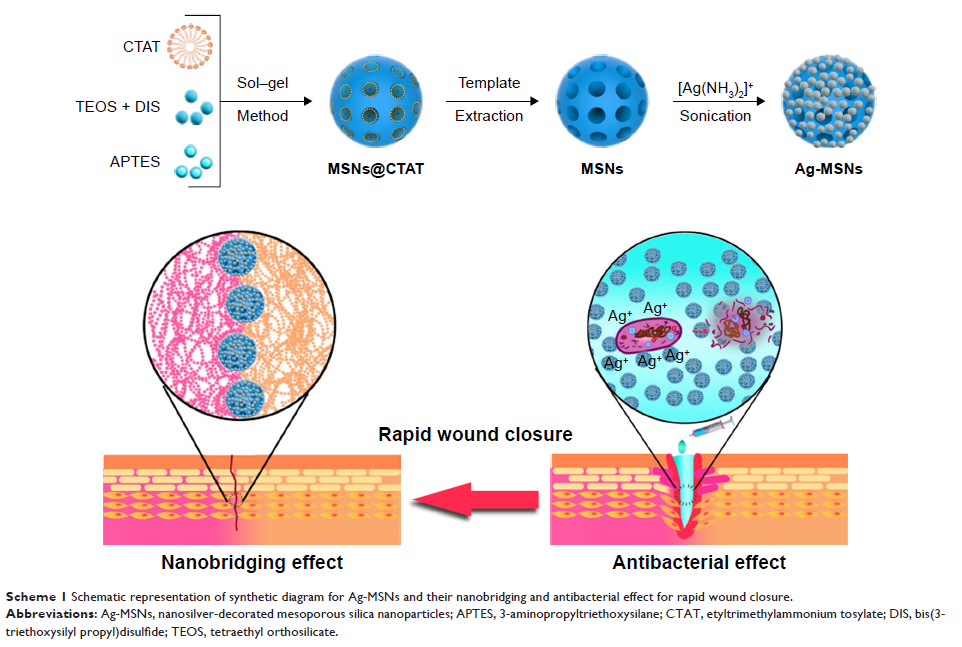108384
论文已发表
注册即可获取德孚的最新动态
IF 收录期刊
- 3.4 Breast Cancer (Dove Med Press)
- 3.2 Clin Epidemiol
- 2.6 Cancer Manag Res
- 2.9 Infect Drug Resist
- 3.7 Clin Interv Aging
- 5.1 Drug Des Dev Ther
- 3.1 Int J Chronic Obstr
- 6.6 Int J Nanomed
- 2.6 Int J Women's Health
- 2.9 Neuropsych Dis Treat
- 2.8 OncoTargets Ther
- 2.0 Patient Prefer Adher
- 2.2 Ther Clin Risk Manag
- 2.5 J Pain Res
- 3.0 Diabet Metab Synd Ob
- 3.2 Psychol Res Behav Ma
- 3.4 Nat Sci Sleep
- 1.8 Pharmgenomics Pers Med
- 2.0 Risk Manag Healthc Policy
- 4.1 J Inflamm Res
- 2.0 Int J Gen Med
- 3.4 J Hepatocell Carcinoma
- 3.0 J Asthma Allergy
- 2.2 Clin Cosmet Investig Dermatol
- 2.4 J Multidiscip Healthc

抗菌和可生物降解的组织纳米粘合剂用于快速伤口闭合
Authors Lu M, Bai J, Shao D, Qiu J, Li M, Zheng X, Xiao Y, Wang Z, Chang Z, Chen L, Dong W, Tang C
Received 13 June 2018
Accepted for publication 24 July 2018
Published 27 September 2018 Volume 2018:13 Pages 5849—5863
DOI https://doi.org/10.2147/IJN.S177109
Checked for plagiarism Yes
Review by Single-blind
Peer reviewers approved by Dr Cristina Weinberg
Peer reviewer comments 4
Editor who approved publication: Dr Linlin Sun
Background: Although various organic tissue adhesives designed to facilitate would healing are gaining popularity in diverse clinical applications, they present significant inherent limitations, such as rejection, infections, toxicity and/or excessive swelling. It is highly desirable to develop efficient, biocompatible and anti-bacterial tissue adhesives for skin wound healing.
Purpose: Inspired by the fact that inorganic nanoparticles can directly glue tissues through the “nanobridging effect”, herein disulfide bond-bridged nanosilver-decorated mesoporous silica nanoparticles (Ag-MSNs) was constructed as an effective and safe tissue adhesive with antibacterial and degradable properties for wound closure and healing.
Materials and methods: Ag-MSNs was fabricated by controlled reduce of ultrasmall nanosilvers onto the both surface and large pore of biodegradable MSNs. The obtained MSNs were characterized by transmission electron microscopy, Fourier transform infrared spectroscopy, energy-dispersive X-ray spectroscopy, and measurement of size distribution, zeta potential, and mesopore properties. Furthermore, adhesion strength test, anti-bacterial assessment, mouse skin wound model, and MTT assays were used to investigate the tissue adhesive property, anti-bacterial effect, biodegradability and biocompatibility of the Ag-MSNs.
Results: Ag-MSNs exhibited not only strong adhesive properties but also excellent antibacterial activities than that of MSNs. Importantly, this antibacterial nano-adhesive achieved rapid and efficient closure and healing of wounds in comparison to sutures or MSNs in a mouse skin wound model. Furthermore, Ag-MSNs with fast degradable behavior caused little cellular toxicity and even less systemic toxicity during wound healing.
Conclusion: Our findings suggest that biodegradable Ag-MSNs can be employed as the next generation of nano-adhesives for rapid wound closure and aesthetic wound healing.
Keywords: nanosilver-decorated mesoporous silica nanoparticles, nano-adhesive, wound healing, antibacterial, biodegradable
